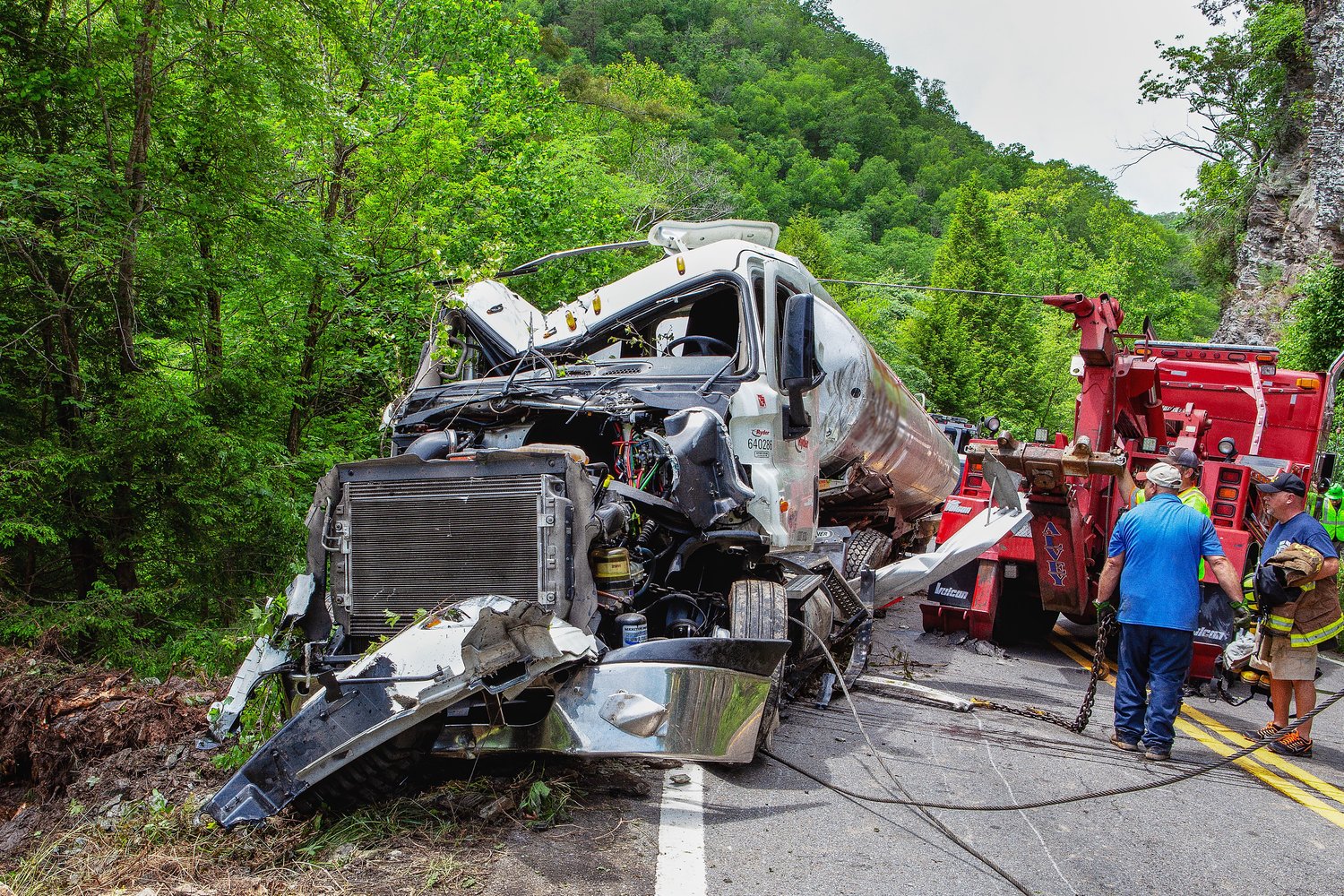
Our roads and highways are the lifeblood of our modern society, facilitating transportation and connecting communities. However, these roadways also accumulate a considerable amount of hazardous waste and debris over time. Hazardous roadside cleanup is an essential but often overlooked aspect of maintaining the safety, health, and aesthetics of our road systems. In this blog, we will delve into the significance of hazardous roadside cleanup, its challenges, and the importance of community involvement in this crucial endeavor.
The Importance of Hazardous Roadside Cleanup
Environmental Protection: Hazardous materials, such as oil, chemicals, and litter, can contaminate nearby soil and water sources when left unattended. Roadside cleanup helps mitigate environmental damage, preserving local ecosystems and preventing pollution.
Road Safety: Debris, litter, and hazardous materials on roads can pose a severe threat to drivers, cyclists, and pedestrians. Removing these hazards enhances road safety and reduces the risk of accidents.
Aesthetic Appeal: Clean roadsides contribute to the visual appeal of communities and promote a positive image. Well-maintained roadways are more inviting to residents and visitors alike.
Wildlife Protection: Roads often traverse natural habitats, and litter and debris can harm wildlife. Cleanup efforts help protect local fauna by removing harmful materials and restoring their habitats.
Public Health: Hazardous roadside waste can contain chemicals and toxins harmful to human health. Cleanup efforts safeguard the well-being of nearby residents and travelers.
Challenges of Hazardous Roadside Cleanup
Hazardous Materials: Cleaning up hazardous materials, such as spilled oil or chemicals, requires specialized training and equipment to ensure safe removal and disposal.
Accessibility: Some roadside areas are difficult to access, making cleanup efforts more challenging and time-consuming.
Funding and Resources: Adequate funding and resources are essential for organizing and executing large-scale roadside cleanup projects. Limited budgets can hinder these efforts.
Public Awareness: Raising awareness about the importance of responsible waste disposal and the consequences of littering is an ongoing challenge.
The Role of Community Involvement
Community involvement is crucial for successful hazardous roadside cleanup. Here’s how individuals and organizations can contribute:
Volunteer Efforts: Participate in local cleanup events organized by community groups, environmental organizations, or government agencies. Your time and effort can make a significant difference.
Education and Outreach: Educate your community about the importance of responsible waste disposal and the impact of littering. Promote recycling and waste reduction initiatives.
Reporting: Report hazardous waste, litter, and debris on roads to the relevant authorities. Timely reporting ensures prompt cleanup and hazard removal.
Support Legislation: Advocate for stricter penalties for littering and illegal dumping. Stronger legislation can deter irresponsible behavior.
Adopt-A-Highway Programs: Many regions offer Adopt-A-Highway programs that allow individuals and organizations to take responsibility for cleaning specific stretches of road.
Hazardous roadside cleanup is an essential undertaking that benefits the environment, road safety, and community well-being. It requires a collective effort involving individuals, local communities, and government agencies. By recognizing the importance of this task, educating the public, and actively participating in cleanup initiatives, we can ensure cleaner, safer, and more visually appealing roadways for everyone. Roadside cleanup is not just about removing waste; it’s about preserving our environment and promoting a sense of responsibility and pride in our communities.